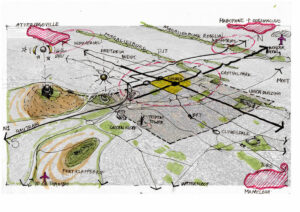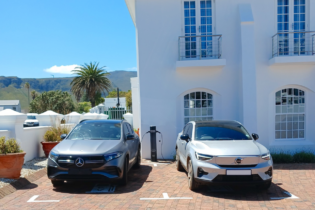Smart cities come with a host of benefits, not the least among them is the social benefit. With many examples to draw from the question remains: What unique challenges do South African cities face when trying to make a city smart?
By Duncan Nortier
Smart cities can bring communities together, increase access to a city, improve communication, and involve the poor and marginalised in the functioning of a city. With all the talk of investments, it’s important not to lose sight of the fact that adopting a smart city solution should help the people living in the city.
At odds
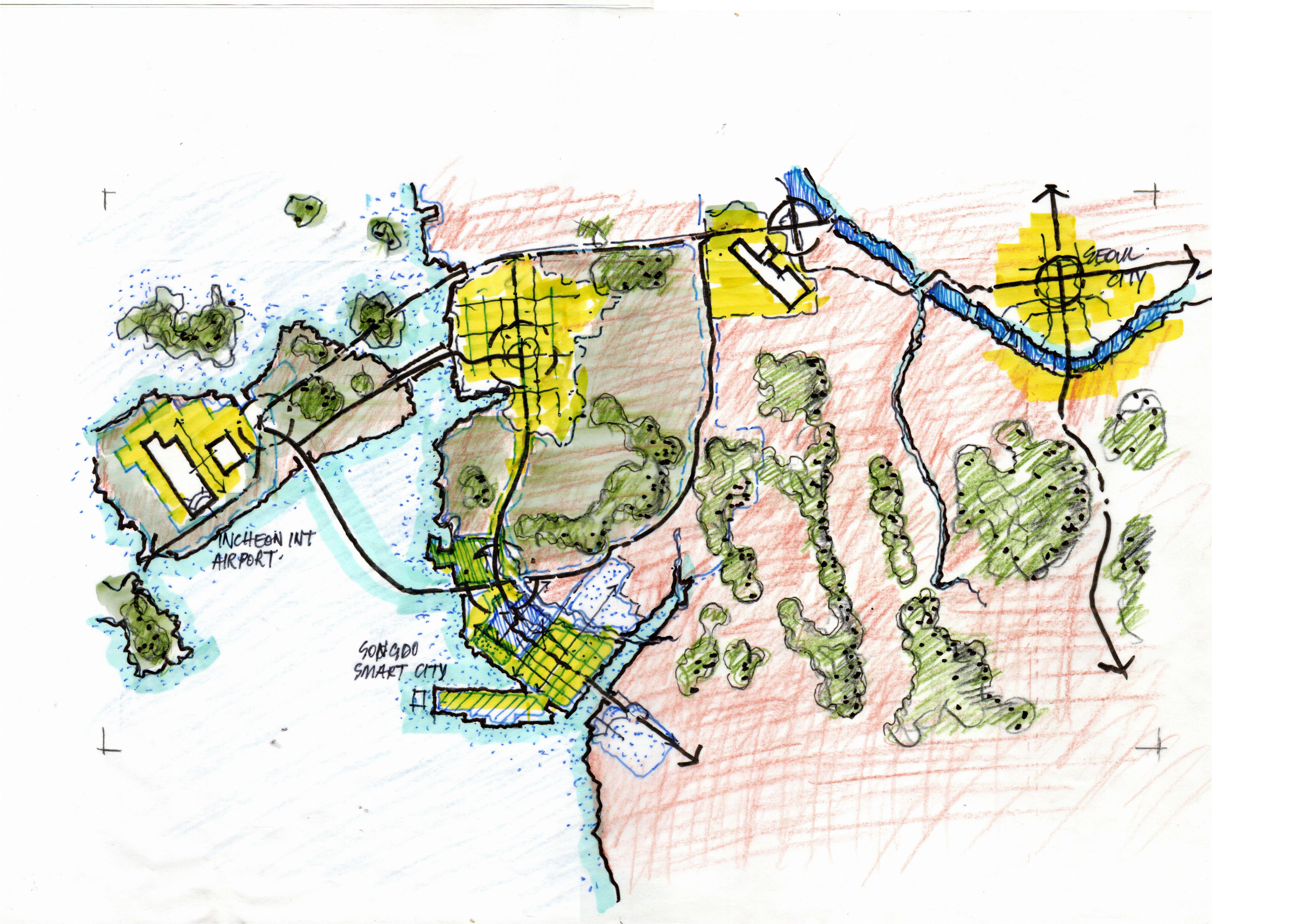
A drawn map of Korea showing the geographical significance of Songdo in relation to the airport and Seoul. Images are drawn by and credited to Msizi Mkhize as part of his ongoing research.
The city reflects the human beings who use it and live in it, technology supplements the city. Technological innovation is the tool not the purpose of the city. Msizi notes “Designing with human beings in mind creates the smart city, it is not just a city that happens to be smart but it is purpose-built for the people who use it.” This reframing allows for a better understanding of how implementing smart city programs can benefit people.
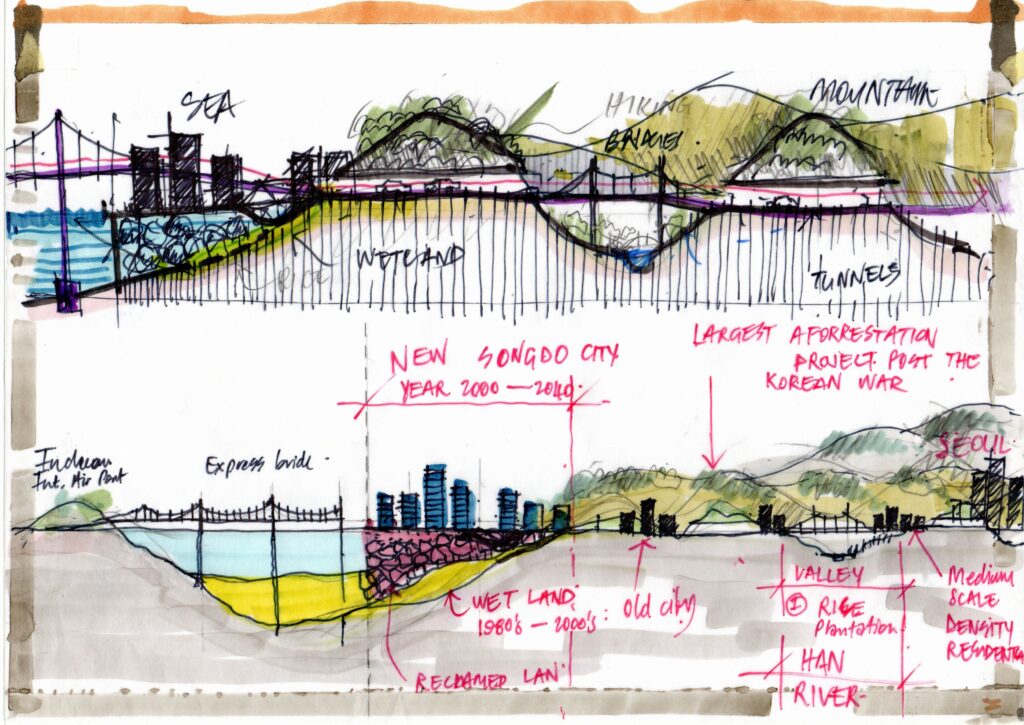
A map showing how Songdo was adapted to its environment. Images are drawn by and credited to Msizi Mkhize as part of his ongoing research.
From east to south
However, It is not the technology that separates Sogndo from Pretoria, it is the fact that Songdo was built from scratch with the idea that people who need to use the city should have access to it.
Where Songdo was built with people in mind, Pretoria was built with separating people in mind. “Aerial views of Pretoria show a distinct separation between north, south, east, and west. It shows a distinct segmenting of the city, it shows that townships were pushed beyond the city, it shows how little access there is” Says Msizi.
With two very different cities, how can South Africa even begin to look at places like Songdo in order to benefit itself? “We are not starting from scratch, we are restarting with what we have inherited,” says Msizi. Looking at the successes of Songdo, South Africa can plot the best way forward.
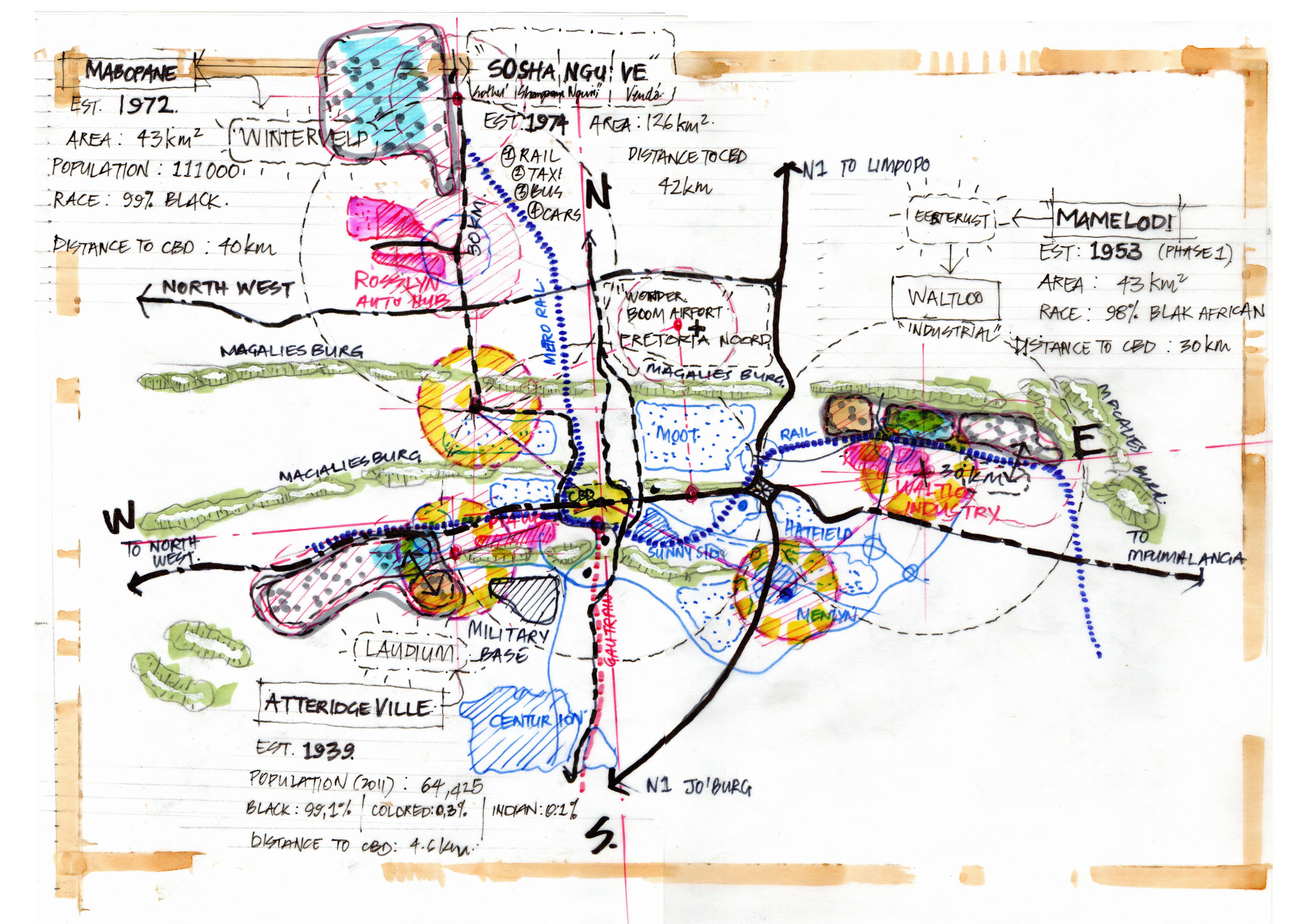
A drawn map of Pretoria showing how the city was designed to be segregated. Images are drawn by and credited to Msizi Mkhize as part of his research.





